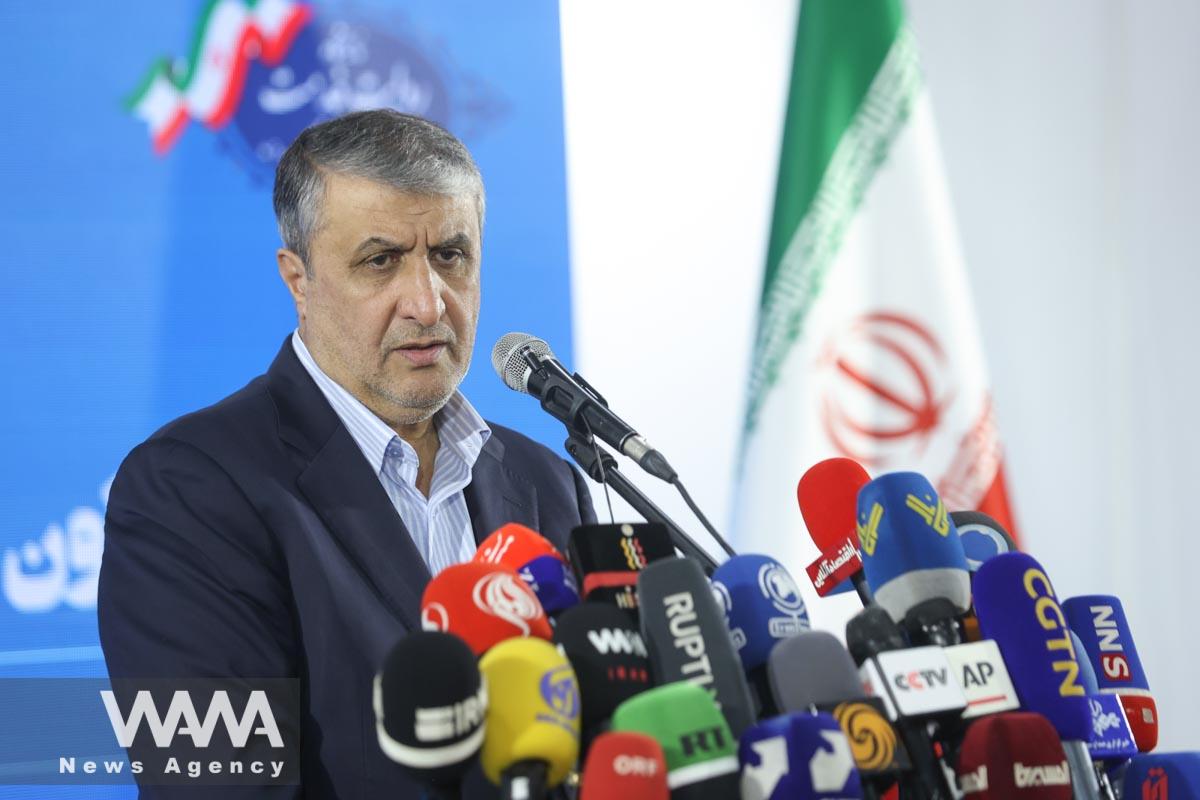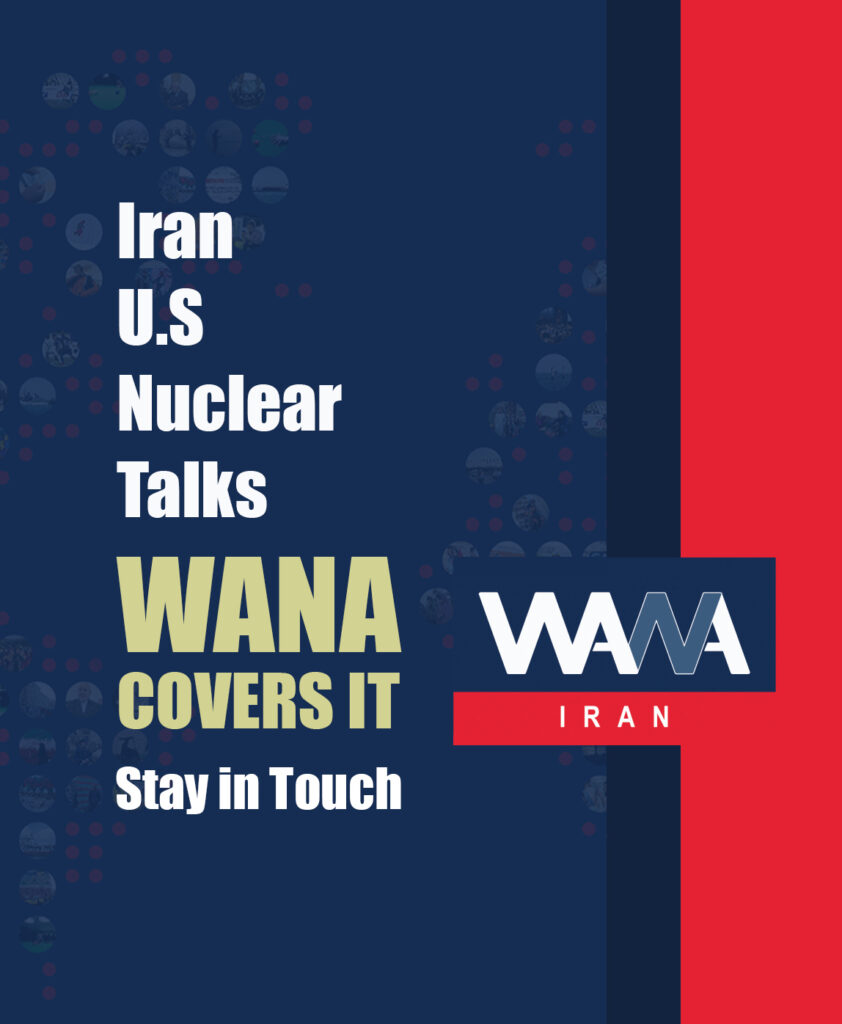Phase Three of Iran’s Nuclear Industry Development Begins
WANA (Apr 09) – The head of Iran’s Atomic Energy Organization announced the launch of the third phase of the country’s nuclear industry development, emphasizing its alignment with national healthcare and economic goals.
Speaking on Wednesday, April 9, during the National Nuclear Technology Day ceremony, Mohammad Eslami, head of the Atomic Energy Organization of Iran (AEOI), stated: “Despite external threats, sabotage, and acts of terrorism, our colleagues in the Atomic Energy Organization have remained steadfast. Over the past three years, we have achieved approximately 150 technological and industrial accomplishments annually, by God’s grace.”
A Program-Driven Approach
Eslami explained that the AEOI operates through strategic planning to tackle both organizational missions and national challenges using available technologies. “We follow a program-based strategy to activate a value chain that supports the national economy rather than burdening it,” he said, adding that this model has encouraged private sector investment.
Nuclear Technology in Support of Healthcare
One key area of focus is nuclear medicine. Eslami noted that Iran now produces 68 medical products, including 20 radiopharmaceuticals in clinical testing, three of which are being unveiled today.
“These high-risk, high-cost activities are expanding,” he added, pointing to the TETRAK project—initiated under former AEOI chief Ali Akbar Salehi—which aims to increase production capacity five to seven times and make Iran a global hub in radiopharmaceuticals.
Pezeshkian Visits Exhibition of #Iran’s Nuclear Industry Achievements
Coinciding with Iran’s National Nuclear Technology Day, Iran’s President, visited the exhibition showcasing the country’s #nuclear industry…#Irans_National_Nuclear_Technology_Dayhttps://t.co/ne0x8wHvbt
— WANA News Agency (@WANAIran) April 9, 2025
Securing Food Supply through Radiation Technology
Another area involves food security. Eslami highlighted efforts to prevent waste among Iran’s 130 million tons of annual agricultural products through irradiation technologies.
“In the past two and a half years, we’ve invested in systems for processing around 500,000 tons. There’s capacity for the private sector to expand this to the full 130 million tons,” he said, emphasizing its positive impact on household livelihoods and the national economy.
Establishing a Nuclear Department in the Chamber of Commerce
In a bid to further involve the private sector, a nuclear department was established within the Chamber of Commerce last March. This move, Eslami said, reflects a changing perception of the nuclear industry and has helped attract interested investors.
Advancing Toward Industrial Nuclear Power
Eslami announced that Iran is now officially entering Phase Three of its nuclear industry—a stage focused on designing and operating indigenous research and power reactors.
“This step follows years of work on fuel cycle development, with significant private sector involvement in mining activities over the past two years,” he added. Over 20 trillion tomans (around $400 million) have already been invested, with 200 trillion tomans (approximately $4 billion) planned over the next three years.
Expanding Yellowcake Production
As part of this expansion, Eslami said Iran will boost its production of yellowcake, a crucial step for fueling future domestic reactors.
Organized Industry and Nuclear Power Plant Development
The AEOI has identified key industrial sectors, mapped locations, and established reactor-building companies.
“A comprehensive financial package is also in place, as nuclear power plants offer unmatched energy stability and economic returns. A 1,000-megawatt plant, for example, saves around €1 billion in fossil fuel costs annually,” he noted, adding that even with a $4 billion construction cost, such plants have a 60-year lifespan and a capital return period of just 4 years.
20,000 MW Nuclear Program by 2041
Eslami emphasized that Iran is pursuing a 20,000-megawatt nuclear power generation plan by the year 2041 using project-company investment models and capital market financing. He concluded by referencing the Seventh National Development Plan, which mandates tripling the current 1,000-megawatt capacity to 3,000 megawatts.
“In these early years, we need proper regulatory adjustments and robust support to accelerate implementation. This acceleration will create momentum and help us achieve our long-term objectives,” he said.












